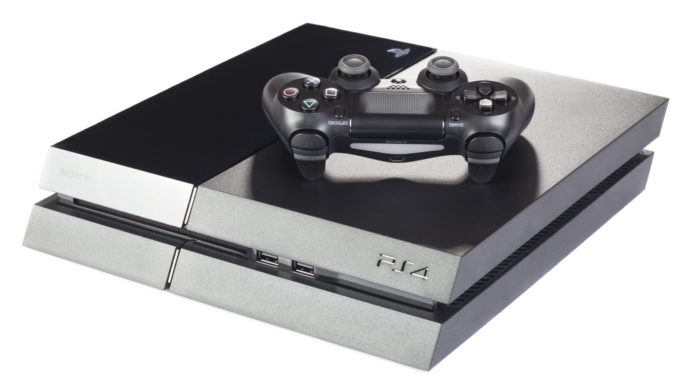In game consoles, optical discs like CDs and DVDs became the norm for distribution in the fifth and sixth generation over EPROM cartridges, and though they offered more storage, they accessed data slower. Speeds improved over time, but there was always a bottleneck, so the seventh generation added the ability to install some of the game data to the console’s now-standard internal hard drive. That eventually evolved in the eighth generation to full games having to be installed to the hard drive. Physical copies were now little more than copy protection, life rafts for gamers with slower internet connections, and a way to sell games you didn’t want anymore, so internal storage started filling up a lot quicker than in the previous generation. Most people aren’t going to upgrade the internal drive, so this was a bit clunky until Sony added external hard drive support for playing games in PS4 system update 4.50.
****
The specs for an external drive to work with the PS4 are outlined on the official PlayStation website. The drive must support SuperSpeed USB with speeds of 5Gbps or greater, which effectively just means that the drive needs to support USB 3.0 speeds at an absolute minimum. It must also have a capacity of 250GB to 8TB. Sony doesn’t say anything about if it needs to be USB-powered or externally powered, so presumably, both should work. If you prefer portables, those now top out at 6TB, so if you want anything bigger, you need an external power supply.


